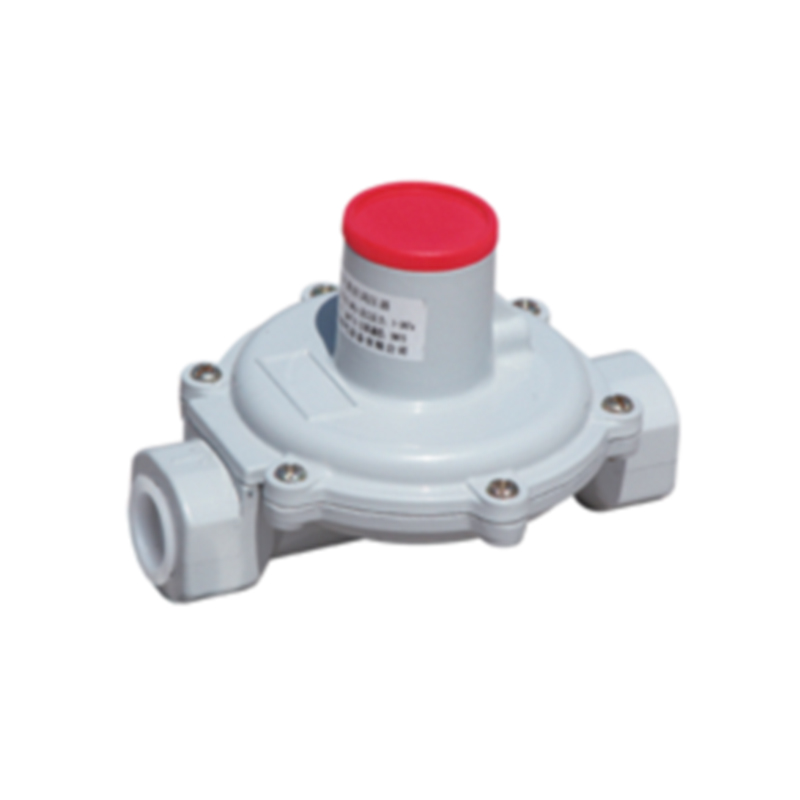
Sep . 24, 2024 19:32
Back to list
Understanding the Importance of Coalescing Filters in Fluid Management Systems
Understanding Coalescing Filters A Key Component in Fluid Management
In various industrial applications, the need for effective fluid management is paramount. Whether it’s in oil and gas, chemical processing, or water treatment, the purity and quality of fluids are critical for operational efficiency and environmental compliance. One essential component that plays a significant role in achieving this is the coalescing filter.
A coalescing filter is a specialized device designed to separate and remove water and particulate contaminants from hydrocarbon streams. It achieves this by encouraging the coalescence, or merging, of smaller droplets into larger ones, which can then be easily separated. The effectiveness of a coalescing filter hinges on its design and the materials used, which are engineered to provide maximum surface area for droplet collision and coalescence.
The operation of coalescing filters can be described in several key phases. Initially, the contaminated fluid enters the filter under pressure. Inside, a series of coalescing media—often made from fibrous materials or proprietary polymers—facilitates the gathering of water droplets. As these droplets collide with the filter media, they merge with other droplets, growing in size until they are large enough to gravitationally separate from the hydrocarbon phase. This separation is typically enhanced through the use of a settling chamber, where the heavier water phase can effectively drain from the system, providing clean hydrocarbons to downstream processes.
coalescing filter

One of the primary advantages of coalescing filters is their ability to operate under a wide range of conditions and fluid compositions. They are especially effective in environments where emulsion formation is a challenge, as they can help maintain the integrity of the hydrocarbon stream by reducing the water content to acceptable levels. This is crucial not only for ensuring the efficiency of subsequent refining processes but also for protecting equipment from corrosion and other damage caused by water and contaminants.
Moreover, coalescing filters play an essential role in regulatory compliance. Many industries face strict regulations governing the permissible levels of contaminants in discharge streams. By utilizing coalescing filters, companies can ensure that their effluents meet legal standards, thereby minimizing the risk of fines and promoting environmental sustainability.
In summary, coalescing filters are indispensable in the realm of fluid management across various industries. By combining the principles of physics and engineering, these filters effectively remove unwanted water and contaminants from hydrocarbon streams, thereby enhancing process efficiency and environmental compliance. As technology advances, the design and materials used in coalescing filters continue to evolve, promising even greater efficiency and effectiveness in the future. As industries strive for sustainability and operational excellence, the role of coalescing filters is more critical than ever. Understanding their function and benefits is essential for professionals in the field, ensuring that they can leverage these systems to optimize their processes and meet both economic and environmental goals.
Latest news
-
Safety Valve Spring-Loaded Design Overpressure ProtectionNewsJul.25,2025
-
Precision Voltage Regulator AC5 Accuracy Grade PerformanceNewsJul.25,2025
-
Natural Gas Pressure Regulating Skid Industrial Pipeline ApplicationsNewsJul.25,2025
-
Natural Gas Filter Stainless Steel Mesh Element DesignNewsJul.25,2025
-
Gas Pressure Regulator Valve Direct-Acting Spring-Loaded DesignNewsJul.25,2025
-
Decompression Equipment Multi-Stage Heat Exchange System DesignNewsJul.25,2025

